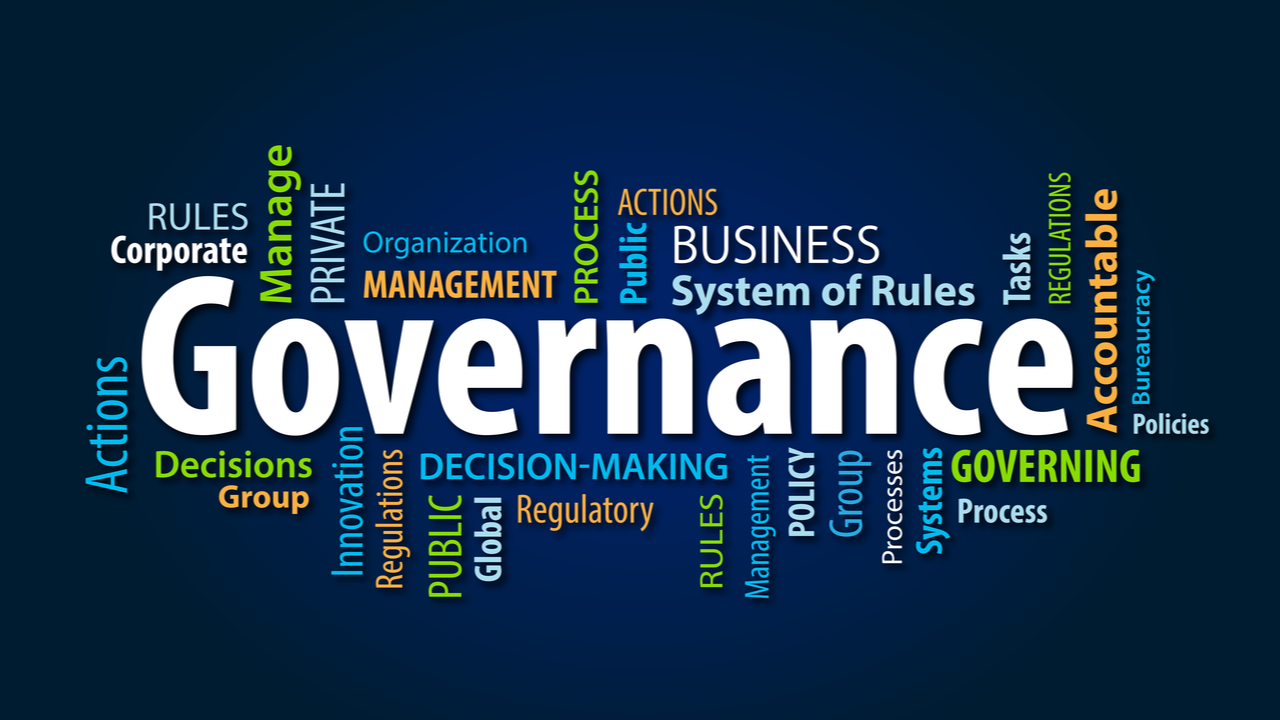"How do I vote?"


This edition of The Savvy Director is inspired by feedback from one of our readers about the maturity lifecycle of boards. As this reader pointed out, “It’s important that directors understand the maturity of their organization, where they fit on the maturity scale, and where the board aspires to be.”
These comments got me thinking about governance models. We all need to appreciate the range of governance models from the hands-on working board to the hands-off policy governance model, and a variety of permutations in between.
The good news is the models can all work well. The key to success is knowing which type of governance your board has adopted and the expectations for your role that arise from that model.
An organization with few staff, or no staff at all, may start off with an operational working board, and then evolve its model to more of a strategic board complete with board committees and support staff as funding permits.
During this evolution process, there is real skill required and a need for strong leadership by the chair to ensure that the directors appreciate how the work of the board will shift to an oversight role. With qualified staff on hand to do the work, board members will be called on to set direction, delegate authority, and monitor progress, instead of running the organization themselves.
This transition is not to every director’s liking – some will inevitably decide that the best thing for them is to step off and find another hands-on challenge!
Representative Boards
A representative board is meant to balance constituent interests with the organization’s interests. The typical organization for this governance model is a publicly elected body, a federation or association.
I find this model fascinating. When done poorly, it can be such a lousy way of governing. Yet, done well, it can be the answer for complex organizations that need a way to ensure the perspectives of various constituent interests get on the table for consideration. That said, the individual director’s vote is always cast for the good of the whole, not for their representative interests.
I recall hearing stories of dysfunctional representative boards where directors would step out of the boardroom to call back to their union office, government ministry, non-profit or parent company for direction on how to vote on a matter before the board.

Thankfully with the embrace of board governance education, we’ve come to respect our legal duty to govern in the best interests of the organization at all times. It’s interesting to see how this discussion is evolving further with the rising influence of environmental and stakeholder considerations factored in.
Pretty much any issue from civic, provincial, state or federal politics these days can illustrate the dysfunction caused by polarized views based on ideology, power, money and media. What would it look like if your local city council, for example, was run like a high-functioning governing board, where the mayor would ensure all councillors had the opportunity to share their constituents’ views, but then each one voted for the good of the municipality as a whole?
There’s a similar situation that arises when a professional association negotiates fees for its members. Various interests within the association may find that they need to wait until the next round of negotiations to achieve their goals, because another part of their fraternity faces a greater need this time around. The directors on this representative board then vote for the good of the whole membership, even if their particular interest group is not benefitting, in an effort to maintain the core value of unity.
At the end of the day, we must vote for the good of the whole.
Why does this matter to the Savvy Director?
As our reader suggested, organizations all have a different level of maturity in their governance lifecycle. We applaud and acknowledge all who undertake this journey.
The savvy director framework illustrated below highlights the need for every director to have a baseline of skills and awareness about the work of a director so they can effectively prepare for board meetings, ask great questions and have influence in the boardroom.
This is a continuous improvement cycle of learning and growth - meeting after meeting, board by board.
Your takeaways:
- Clarity about your board’s governance model helps to define the director’s role and responsibilities to facilitate decision making.
- The governance model should evolve with the maturity of the organization and its capacity to hire qualified management and staff.
- It’s helpful to know about the various board models that are available. They all work well with good board leadership and collaboration with management. Download the DirectorPrep™ list of governance models here.
- The Resources section of DirectorPrep.com has a variety of governance tools to help inform your work as a board director. <<Click here>>
Thank you.
Scott
Scott Baldwin is a certified corporate director (ICD.D) and co-founder of DirectorPrep.com – an online hub with hundreds of guideline questions and resources to help prepare for your next board meeting.
Share Your Insight: Can you share an example of a board with a governance model that evolved over time?
Comment




